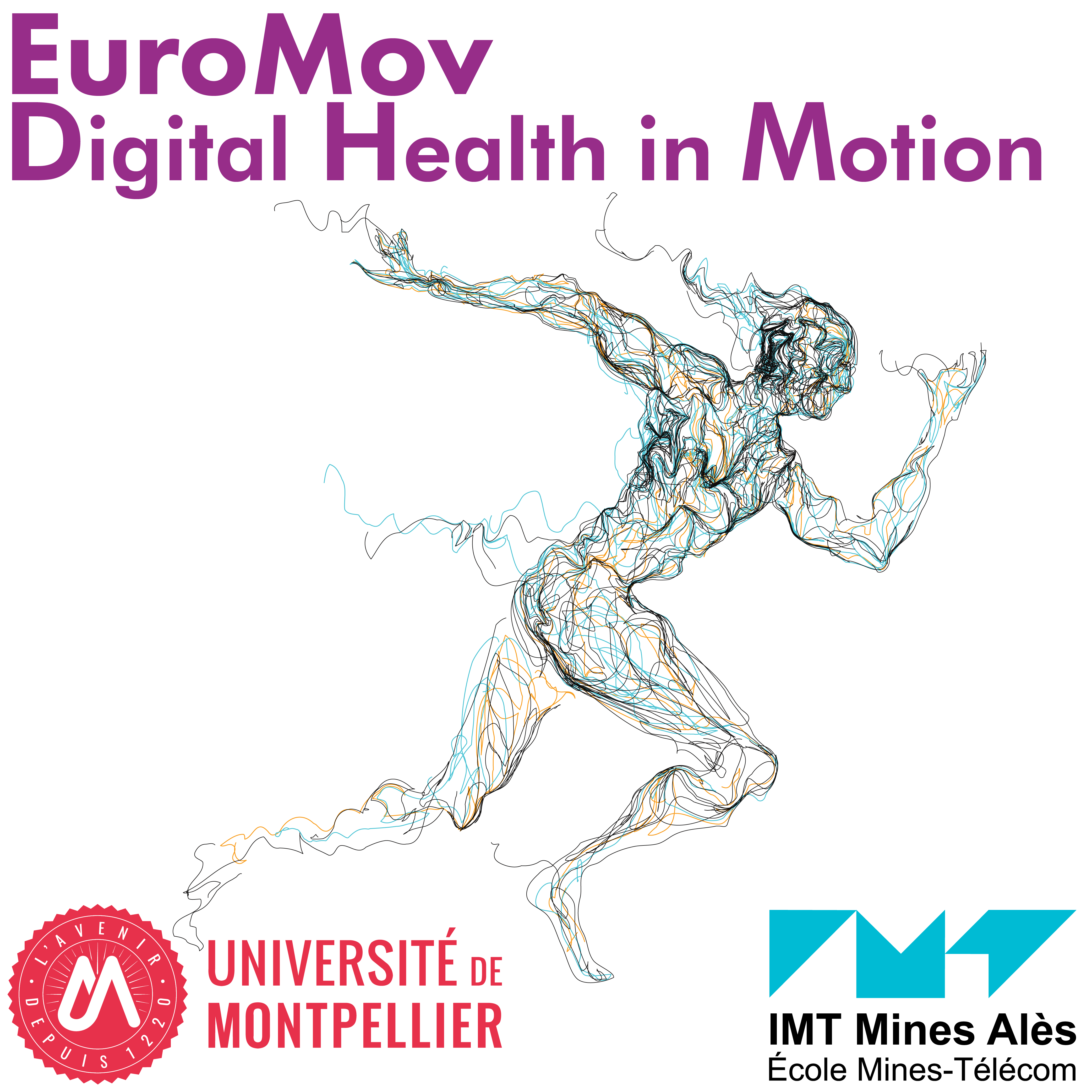EuroMov
DIGITAL HEALTH IN MOTION
We all believe that the future of movement and health sciences necessitates an increasing know-how in symbolic and connectionist artificial intelligence and that human sensorimotor plasticity is a scientific metaphor that is a tremendous source of inspiration to machine learning, multi agent systems and agile design. In the age of big data, Internet of things (IoT), and artificial intelligence, this scientific joint venture is absolutely necessary to conduct scientific research at the highest international level, computationally understand the sensorimotor fingerprints of physical and mental health in humans, develop innovation and valorisation in sectors, where Movement, Health and Computer sciences cannot be dissociated.
Research THEMEs
LAC
The learning and complexity (LAC) theme is focus on learning and its complex environment in human or machine interactions. We address learning and complexity in intelligent agents with a focus on reasoning, enactive learning (learning by doing) and behavioral complexity.
MIB
Monitoring and Improving behaviors (MIB) main objectives are to improve health’s patient, quality of life or athletic performance.This theme tends at the crossroads of health (sports medicine, gerontology) and movement sciences (psychology, neurosciences, physiology), software engineering and artificial intelligence.
PIAS
Perception in Action and Synchronization (PIAS) deciphers the natural laws according to which we successfully interact with our physical and social environment, including with artificial agents, in both healthy individuals and clinical populations.
TRANSVERSE AXES
The entrepreneurs will be able to rely on the resources of managerial and economic support of the incubator of IMT Mines Alès. By way of illustration, we can cite the Semaxone company (recent laureate of the MUSE project Companies on Campus) conducting R&D projects in the domain of augmented cognition and neurofeeback for humans in a complex environment. R&D synergies between the two organizations will consolidate and develop innovative training at the interfaces of technology, digital technology, health and movement. In this context, EuroMov’s facilities from IMT Mines Alès and University of Montpellier will contribute to the training and educational exercises of both institutions.
SemTAXM
SemTaxM defines taxonomic classifications of movement and a semantics carried by movement and models. Its research direction will be grounded in and applied to rehabilitation medicine and to the study of movement synchronization and system and software engineering of MIB.
FACTORY
The main objectives of the Factory are to provide tools and assistance to solve methodological issues related to the research projects, validate the methods used to address new problems, develop new approaches and measures adapted to the scientific questions addressed in the groups.
research projects
In terms of applications, the combination of Movement, Health and Computer sciences portends many opportunities from both a clinical and industrial point of view: clinical validation of « movement data » methods co-developed with reeducators for the qualitative and quantitative guidance of post-stroke rehabilitation; brain-machine interfaces for assessment of the consciousness of non-responders following severe brain injury; simple, robust and inexpensive motion capture solutions for home monitoring, home rehabilitation, or sports monitoring.









